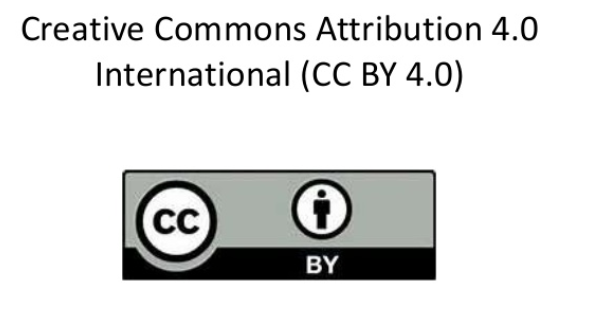Saima Mumtaz1,2,3, Muhammad Azam Khan1*, Armghan Shahzad4, Rashid Mehmood Rana5*, Irfan Ali1
1Department of Horticulture, PMAS-Arid Agriculture University Rawalpindi, 46300, Pakistan
2Horticultural Research Institute, National Agricultural Research Centre (NARC), Islamabad, Pakistan
3Horticultural Science Department, North Florida Research and Education Center, University of Florida/IFAS, Quincy, FL 32351, USA
4National Institute of Genomics & Biotechnology (NAGAB), NARC, Islamabad, Pakistan
5Department of Plant Breeding and Genetics, PMAS-Arid Agriculture University Rawalpindi, Pakistan
*Corresponding authors’ email: rashid.pbg@uaar.edu.pk; drazam1980@uaar.edu.pk
Received: 22 February 2025 / Accepted: 20 August 2025 / Published Online: 22 September 2025
Abstract
A study was designed to determine the influence of different rootstocks on the growth, leaf nutrient composition, and physiological parameters of Kinnow (C. nobilis×C. deliciosa). In this experiment, two years old grafted plants of Kinnow on nine citrus rootstocks, including Trifoliate orange (Poncirus trifoliata), C-35 citrange (Ruby orange ×Webber-Fawcett trifoliate), Troyer citrange (C. sinensis “Washington”× Poncirus trifoliata), Carrizo citrange (C. sinensis “Washington”× Poncirus trifoliata), Benton citrange (Poncirus trifoliate × C. sinensis), Cleoptera mandarin (C. reshni), Cox mandarin (C. reticulata ‘Scarlet mandarin’ × Poncirus trifoliata ‘trifoliate orange’), Rough lemon (C. jambhiri), and Sour orange (C. aurantifolia) was used. The research was carried out over two consecutive years in the Pothowar region, Islamabad, Pakistan. Results revealed that different citrus rootstocks significantly affected ‘Kinnow’ growth in both years at P<0.05. ‘Carrizo’ rootstock resulted in significant increase in scion diameter, rootstock diameter, graft union diameter, leaf number, and leaf area of Kinnow in the year 2023. For physiological parameters, ‘Kinnow’ leaves had higher ‘An’, ‘ci’, ‘WUE’ values and Chlorophyll contents (SPAD) when plants were grafted onto Carrizo rootstock in 2022 and 2023, whereas VPD values were only higher on Carrizo rootstock during 2023. Regarding leaf nutrient compositions, ‘Kinnow’ leaves showed a notable increase in nitrogen (N) content when grafted onto Carrizo rootstock in 2023. Similarly, higher values of leaf potassium (K) and phosphorus (P) contents were observed when ‘Kinnow’ was grafted onto Carrizo rootstock. Overall, plants grafted on Poncirus had lower values of ‘VPD’, ‘gs’, ‘Ci’, ‘E’ compared to others during the studied period. Significant correlations among the morphological, physiological, and leaf nutrient compositions were identified at the P<0.01 and P<0.05 significance levels, showing that all the investigated parameters were strongly correlated. In conclusion, Kinnow had more growth on the ‘Carrizo’ rootstock, showing better results for growth vigor, nutrient uptake and physiological attributes.
Keywords: Citrus, Rootstocks, Kinnow, Carrizo, Nutrient composition, Cox, Physiological parameters, PCA



